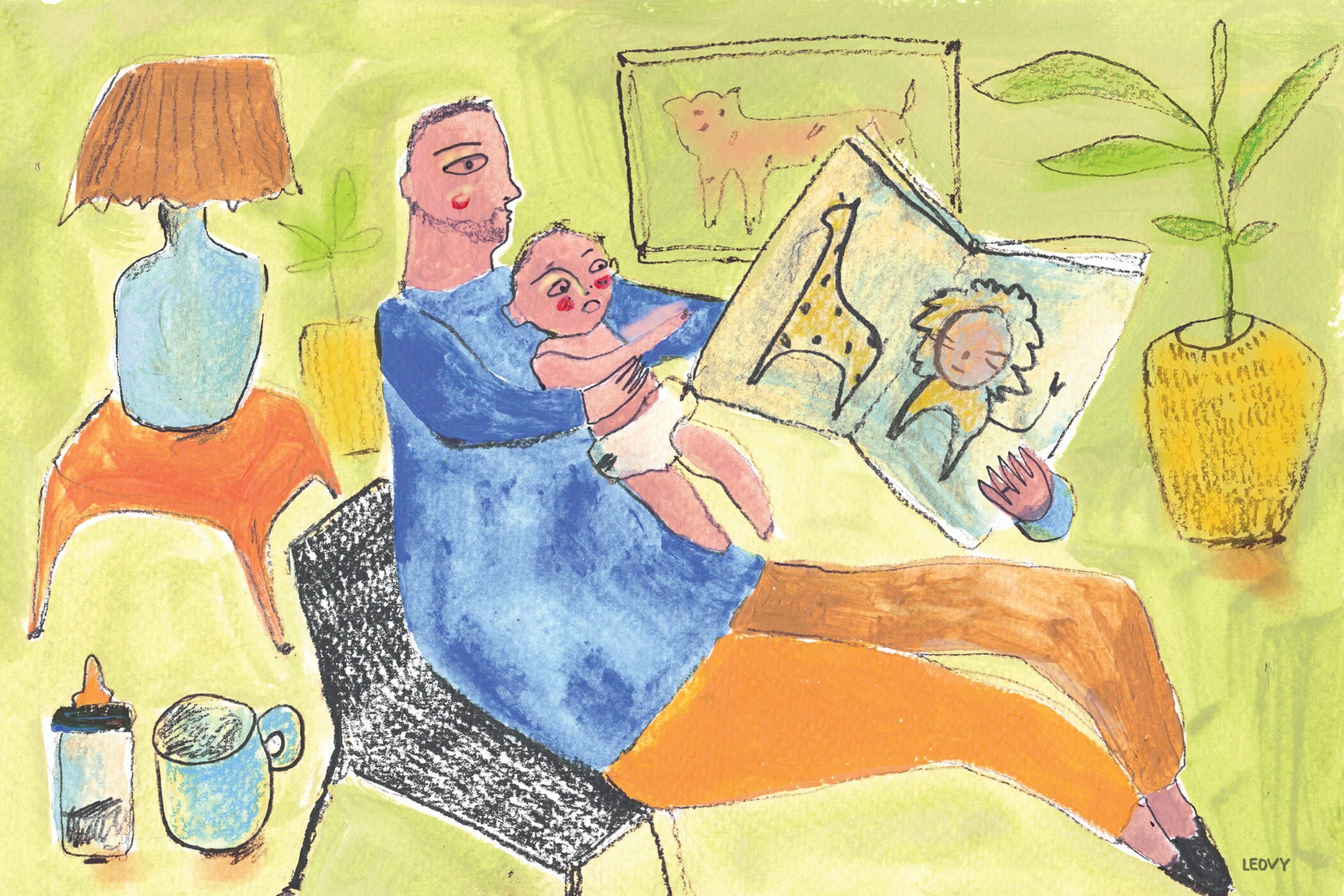Editor’s Note: FII’s #MoodOfTheMonth for September, 2021 is Parenthood. We invite submissions on the many layers of being parents, having parents and navigating the social norms of parenting throughout the month. If you’d like to contribute, kindly email your articles to sukanya@feminisminindia.com
Much like maternity leave policies, provisions for paternity leave also serve to redefine traditional parenting roles and account for the equal participation of both parents in child rearing. Despite the fact that the “economic man” around whom workplaces have been constructed does not have familial duties, in real life, men do play a role in childcare and parenting, though its extent may differ based on cultural and socioeconomic biases.
This is not to deny the fact that the majority of the childrearing work is done by the mother, but only to acknowledge that fathers also have a role to play, as they must, opposed to popular societal gender norms.
However, though paternity leaves are in place in many countries, its foundations and modes of execution still embrace patriarchal, gendered parenting rules. Demands for paternity leaves are often countered with the argument that it would lower economic efficiency of the company.
That can easily be negated because even in countries which allow paternity leave, the duration is much shorter than the permitted maternity leave, and paternity leave does not have any significant effect on the unemployment rates or the economic competitiveness of the country.

The availing of paternity leave by a father is an indicator of a greater involvement in the child’s life. Not only is this beneficial for the family unit, but it also serves to redefine gender roles at home by recognising men as nurturers, as opposed to that trait being solely conferred on women.
A move towards a more equitable gender division of labour at home can also have spillover effects in the workplace, primarily by challenging the assumption that “men are only providers with no other social functions“.
Thus, ‘feminine’ traits including nurturing and childcare are treated as inferior to masculine traits at work. Even where policies like paternity leave try to move towards equality in the workplace, in the absence of attitudinal shift the policies themselves often backfire and strengthen the conception of childcare not being the father’s duty and thus, maintain the existing gendered division of child care and labour
Despite there being evidence to prove that paternity leave does provide some benefits, a number of countries are reluctant to enforce it the same way as maternity leave. One such country is India itself, where paternity leave is not specifically provided for in any labour law. The Civil Service Rules allows fathers a leave of 15 days redeemable before or within the first six months of childbirth.
Paternity leave policies even where available are often not availed due to the prevailing perception that childcare is a woman’s job. This is reflected in a study, indicating a drop in the fathers’ earnings after taking paternal leaves. Men availing paternity leaves might signal to the employer that they are not devoted to or unreliable at work because of being more “family oriented“, similar to the perceptions of women.
Also read: Paternity Leaves: The Sexist Gap In Our Parental Policies

Thus, ‘feminine’ traits including nurturing and childcare are treated as inferior to masculine traits at work. Even where policies like paternity leave try to move towards equality in the workplace, in the absence of attitudinal shift the policies themselves often backfire and strengthen the conception of childcare not being the father’s duty and thus, maintain the existing gendered division of child care and labour.
Even without commenting on the effectiveness of their implementation, maternity and paternity leave policies are inherently biased in favour of the view that only mothers are responsible for childcare. Notwithstanding the benefits of a paid maternity leave, it is only the woman who is provided crèche facilities or childcare leaves as per existing laws in India.
Fathers are only provided 15 days of dedicated paternity leave, reinforcing the belief that fathers ought not be actively involved in childcare. This implies a very clear socially imposed gendered division of labour at home which turns into a vicious circle and affects gender roles and expectations at work as well

Fathers are only provided 15 days of dedicated paternity leave, reinforcing the belief that fathers ought not be actively involved in childcare. This implies a very clear socially imposed gendered division of labour at home which turns into a vicious circle and affects gender roles and expectations at work as well.
Thus, workplaces designed around the model of the ‘economic man’ remain essentially male spaces to this day, despite numerous attempts to include women by implementing gender equal policies. This indicates that these gendered norms of parenthood are deeply ingrained in our societal consciousness. All these policy measures will remain futile if individuals do not truly feel free from the gender roles assigned to them.
Also read: Becoming A Father: Equal Parenting On Board
Esha Goyal is currently a fourth year law student at National Law School of India University, Bangalore. Her areas of interest include family law, jurisprudence and feminist historiography. She can be found on Instagram, Twitter and LinkedIn
Featured Image Source: Repeller




